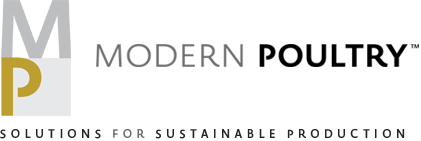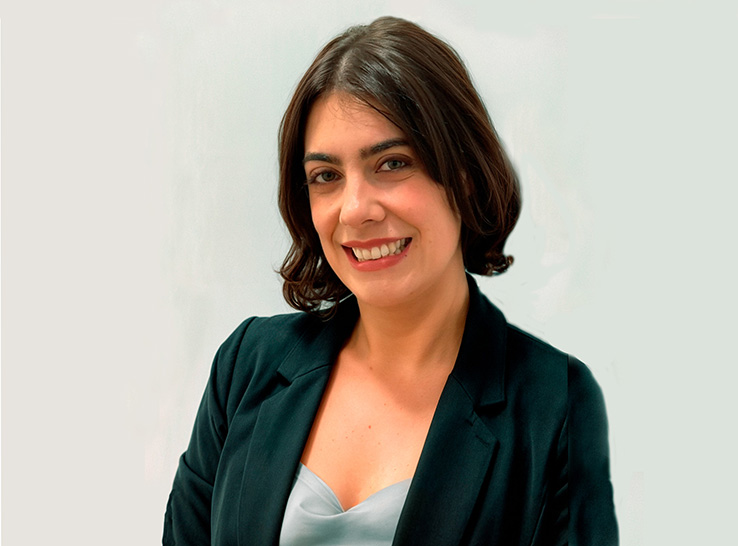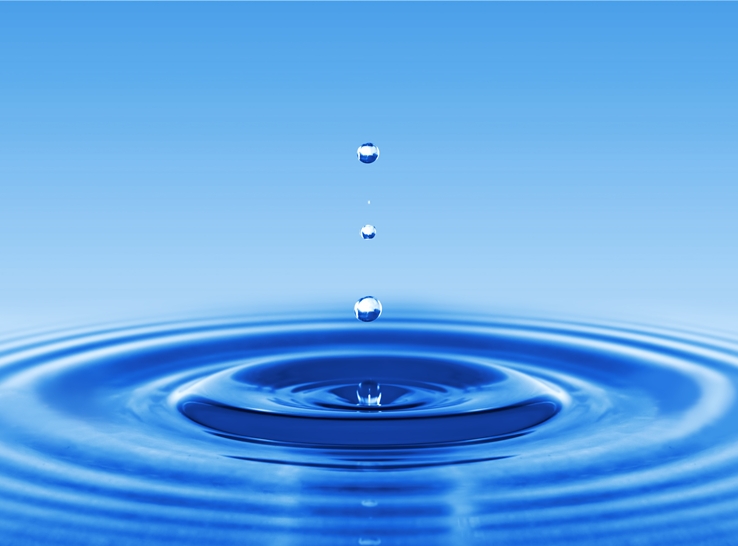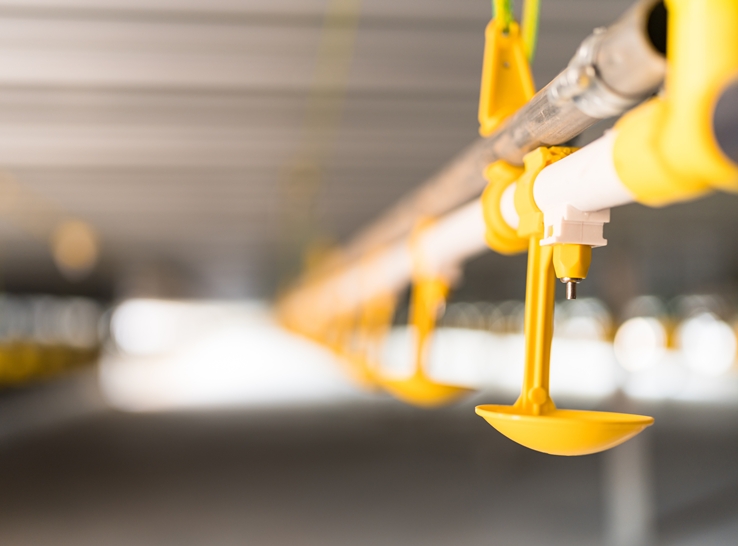Second in a two-part series
Susan Watkins, PhD, has spent much of her 30-year poultry career studying water problems and how to solve them.
“I can’t emphasize enough the importance of controlling microbial contamination, because pathogens love water environments,” Watkins said. “To me, water sanitation is an insurance policy. Use a daily sanitizer to keep water clean for the birds so they are not given a challenge.”
Research confirms the importance of keeping water clean. Watkins cited evaluations done at Pilgrim’s Pride that showed a positive correlation between hen mortality and increasing aerobic bacteria built up in drinking water. The nutritionist who assessed the data maintains that trend still stands today, she added.
A consultant and distinguished professor emeritus at the University of Arkansas, Watkins discussed ways to sanitize poultry water systems and correct mineral damage during the Devenish Symposium at the 2025 PEAK conference.
Chlorine effective for water sanitation
One of the most effective products for water sanitation is chlorine. “A little chlorine in the water will more than pay for itself,” Watkins said. “But we must use it correctly. The pH levels must be between 4 and 7, and the water must be clean with no dirtiness or biofilm present. There also needs to be enough exposure time for the sanitizer residual to deal with any challenges.”
She advises using a fresh chlorine product and ensuring it is injected properly and stored correctly. “From my experience with chlorine, misuse and abuse of the product cause the challenges that break through, not the product itself,” Watkins said.
A big question with chlorine is how much should be added to the water to achieve the residual needed for sanitation. It’s a tricky question, she cautioned. Chlorine is stabilized at pH 11, which is higher than the pH 7 level required for optimizing sanitizing residual. Additionally, a high pH level tastes bitter, and birds tend to avoid drinking it.
“Sometimes it’s not the chlorine residual that backs birds off drinking,” Watkins said. “It may be that the chlorine product is weak because it was improperly stored. The chlorine is gassed off, and now we’re dumping more product into the water to get the correct residual. Now, the birds are going, ‘This tastes awful.’
“On the other hand, we can have a fresh chlorine product, clean system, 8 parts per million (ppm) residual, and the birds never know it’s there because everything’s working perfectly,” she continued. “It’s not about residual but about how much product you must use to get that residual.”
The dry product — bleach crystals with 55% available chlorine — is an option instead of liquid chlorine. Watkins noted that it is especially beneficial for high-pH water. The active ingredient is sodium dichloro-s-triazinetrione dihydrate 99% and will not raise the pH like bleach.
Other sanitizing options
Chlorine dioxide may also be used to sanitize water. It is effective at higher pH levels and tends to be a good virucide, Watkins mentioned. The amount needed to produce sanitation residuals is the same for both chlorine dioxide and liquid chlorine.
“The best way to produce chlorine dioxide is to use a liquid sodium chlorite plus an inorganic acid that’s free of mineral contaminants and put both into an activation chamber to be blended,” she said. “In my experience, this is the best way to use chlorine dioxide.”
Hydrogen peroxide is another product Watkins recommended. “We are seeing effective residual numbers creep up,” she added. “It used to be 25 to 50 ppm, but we are pushing 50 to 100 ppm in drinking water to achieve adequate microbial control.”
She recommended using hydrogen peroxide for pond or river water supplies because it doesn’t have taste issues that arise when chlorine is added to water with organic matter. The product must be carefully handled, however, and effectiveness will deteriorate with storage unless it is a stabilized product.
Hydrogen peroxide for chicks
Another big plus for stabilized hydrogen peroxide is its lasting residual properties.
Watkins’s students ran a 5-day lab test to check residual levels of 20% and 50% concentrates of hydrogen peroxide products (4 ounces added to make a gallon of stock solution) with the stock solutions then diluted at a rate of 1:128. Residual values held up well for 4 to 5 days, especially for the stronger products.
“Stabilized hydrogen peroxide can be a good sanitizer during low water flow,” Watkins said. “Plus, some hydrogen peroxide left in the lab for 2 months was still measuring residuals. You won’t get that with chlorine or chlorine dioxide.
“We’ve gravitated toward these stabilized hydrogen peroxides to start birds when water flow is slow,” she explained. “The product protects water when it’s not moving well, which is a perfect situation for bacterial growth.”
Slime challenges
“We had a producer with eight broiler houses and couldn’t get water into his birds,” Watkins said. “For 2 weeks, he took off every nipple every day to clean off slime that was clogging them. We went to the farm and found he was using an organic acid along with low levels of hydrogen peroxide. We told him to stop using the organic acid.”
Diagnostic tests revealed that Pseudomonas aeruginosa and Brevundimonas vesicularis were the culprits. The solution was to use either acetic acid with hydrogen peroxide or acetic acid with bleach to clean up the water system and the nipples.
“Every time somebody’s running organic acids and slime starts appearing, my recommendation is to shut off the organic acid and put them on bleach,” Watkins said. “This does two beneficial things: pushes the pH level up out of a favorable range for the organism and adds sanitizing chlorine.”
Fixing mineral buildup
Iron, manganese and sulfur buildup in water systems can lead to equipment problems and potentially poor weights and feed conversions. Watkins has a formula for addressing those issues.
“Step one is to oxidize with either chlorine or chlorine dioxide,” she said. “If the problem is sulfates, use hydrogen peroxide because it takes more oxidizer to remove sulfates.” Hydrogen peroxide is also beneficial because it breaks down into air and water, eliminating the off tastes that can occur with chlorine or bleach.
“Now that we have oxidized, we’re going to make sure the pH is right,” she continued. “We want that pH above 7 for these minerals and at least 20 minutes of contact time.”
The last steps are filtration for mineral removal and acidification for water treatment.
“We need to control these minerals, so we don’t have that buildup on our cool-cell pads or have pipes sealing up,” Watkins added. “I’ve seen some really horrific water-quantity challenges where those minerals settle in the pipes, and you can’t put a toothpick in there.”
Make water a priority
“One of the most important things I can share is to support a production culture that believes water matters,” Watkins said.
“When the turkey boss believes water is important, then those folks in the barn will believe it’s important, too,” she continued. “That means when the injector shuts off or the product runs out, they will step up and do something about it. It’s not going to be 2 or 3 days until somebody finally realizes it.”
Read Part 1, Six tips to conduct water assessments for poultry





